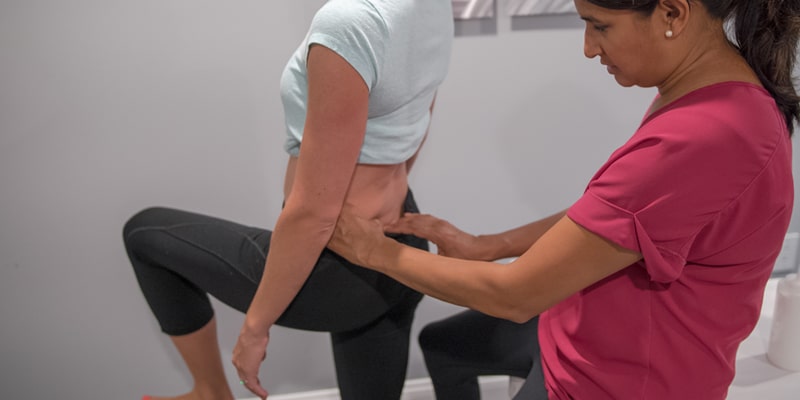
Coccyx pain or tailbone pain is basically pain and discomfort in the tailbone area. The pain can be the result of a direct trauma on the coccyx or tailbone. The trauma could be anything – a fall, sports injury or childbirth. This injury can result in a bruise, dislocation or fracture of the coccyx.
The majority of coccyx injuries occur in women, because the female pelvis is broader and the coccyx is more exposed. (Source: WebMD.com)
The coccyx or tailbone is the triangular bony structure located at the bottom of the vertebral column. It is composed of three to five bony segments held in place by joints and ligaments. The tailbone is a joint that moves with the sacrum.
When you injure the tailbone, you can fracture the tailbone or have a ligamentous injury, meaning the ligaments that hold the tailbone in place can get strained.
You can also injure the muscles that are attached to the tailbone. The muscles can either be affected indirectly or directly by the injury. Part of the muscles affected by a tailbone injury can be part of the pelvic floor, which connects to the tailbone.
Problems with the pelvic floor can cause tailbone pain. For example, if the musculature in the pelvic floor is tight, the muscles can start to pull on the tailbone and cause trauma.
A tailbone injury can also cause pain in the pelvic floor. For example, if you traumatize the tailbone, the pain could be both from the fracture and soft tissue issues, such as muscle and ligaments around that area. The pain can continue even after the initial fracture is healed.
Tensioning in the pelvic floor can be caused by:
Associated symptoms:
Tailbone pain can vary. It can be tender to the touch, a sharp pain, throbbing pain or a dull achy pain. Tailbone pain can be constant or intermittent. You might experience tailbone pain from:


